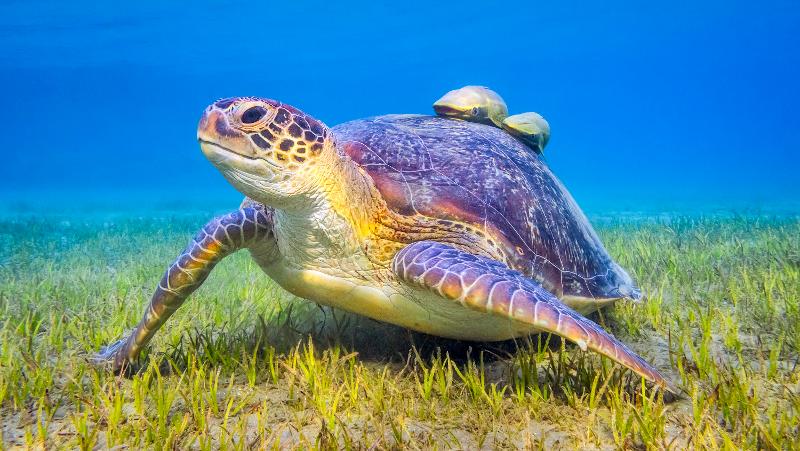
A new QUT-led study has developed a statistical toolbox to help avoid seagrass loss which provides shelter, food and oxygen to fish and at-risk species like dugongs and green turtles.
The research has been published in Methods in Ecology and Evolution run by the British Ecological Society.
The paper describes key monitoring and management designs to maximise seagrass resilience to human activities, to better inform seagrass dredging operations and development of coastal areas.
Seagrasses are a critical habitat that have been declining rapidly globally[i].
Led by statistical data researcher and lecturer Dr Paul Wu, from QUT’s School of Mathematical Sciences, the study identified and analysed factors that drove variations in a global seagrass dredging case study.
“Real world ecosystems like seagrasses are dynamic and ever changing,” Dr Wu said.
“Successful implementation of any seagrass management plan requires effective, efficient and timely monitoring and adaptation to changing circumstances.”
Through statistical modelling, researchers can mimic what is happening in real time and predict what is going to happen on the sea bed.
Dr Wu said the objectives of the study included:-
- identifying the set of most influential variables to monitor eg. genus, light, growth and seed
- finding similar sites and environmental and/or dredging scenarios
- understanding how often to monitor and the time lag between action and effect.
The toolbox of methods included new applications of functional Principal Components Analysis (fPCA) and boosted trees to discover patterns over time relevant to environmental monitoring and management.
In 2017, Dr Wu led a study into predicting when coastal dredging was least likely to stress seagrass by pinpointing ‘ecological windows’ for timing of dredging operations in ports.
It predicted ahead of time how much repeated stress was too much, to allow for better planning of dredge operations.
Dr Wu’s latest research builds on the previous study by providing the mathematical analysis to extract details from complex data and models about how to best implement an environmental management plan for seagrass.
He said the key monitoring and management design could also be applied to any ecosystem model and management scenario, such as coral under climate change.
“Managers of ports and coastal development areas can use the tools we’ve developed, to take something very complex and distil from it answers to key questions like ‘what variables should I keep an eye on and how often’?”
The study included analysis of 3024 scenarios with 75 influential variables on seagrass survival including genus, location type, light, growth and seed.
The research team’s work is being expanded, joining French scientists on an EU project called Marine Habitats to progress seagrass modelling research.
Dr Wu is an Associate Investigator with the ARC Centre of Excellence for Mathematical and Statistical Frontiers (ACEMS) based at QUT.
Co-authors are: QUT’s Distinguished Professor Kerrie Mengersen and Adjunct Professor Julian Caley, Assoc Prof Kathryn McMahon (School of Science and Centre for Marine Ecosystems Research, Edith Cowan University), Dr Michael Rasheed (Centre for Tropical Water & Aquatic Ecosystem Research, James Cook University), Professor Gary Kendrick (University of Western Australia).
Editorial note: High res photos of Dr Wu are available to media and a pdf of the journal article, titled ‘Analysing the dynamics and relative influence of variables affecting ecosystem responses using functional PCA and boosted trees: a seagrass case study is available here.
Media contact: media@qut.edu.au + 61 7 3138 1150


